Jazz Appreciation Month is here, and to celebrate, let's explore some commonly used jazz endings that can bring your arranging skills to the next level.
Why Care About Song Endings?
An often overlooked aspect of playing and arranging jazz music is how a tune will end. We spend countless hours perfecting our improv chops and learning how to write good melodic development that when it comes to ending a tune, we'll hastily write something to "get the process over with," often resulting in a lackluster cadence ending on a I chord.
Knowing different endings adds flavor to an arrangement, and in a live setting, it will make the group sound more rehearsed and polished (even though it may be the first time they're playing together). Song endings are the last thing an audience hears, and a well-written one will create a strong sense of closure and a lasting impression on the audience.
Read on for a few tricks you can use to change up the standard ii-V-I ending.
Take the "A" Train (aka The Duke Ellington Ending)
Named after the composer of "Take the "A" Train," this ending is instantly recognizable even to those unfamiliar with the style. "Take the "A" Train" was composed by Billy Strayhorn and became a signature tune of the Duke Ellington Orchestra.

Count Basie Ending
Made famous by jazz pianist William James "Count" Basie, jazz pianists and guitarists would do well to learn this progression in every key.

Using Tension Substitution on the Final Tonic Chord
You can also use tension substitution (swapping 1 for 9, 3 for 11, 5 for 13, and 6 for 7) in the final chord to avoid the "crunchiness" of a tonic maj7 chord, which jazz standards are notorious for ending on. Common alterations include the 6, 6/9, and 6/9(#11) chords. When using tension substitution, the root of the chord should still be present in the bass.

Tag Endings
Tag endings repeat the last couple of bars of a tune, giving an extra opportunity for an ending solo. They are great for live settings, leaving the audience with a lasting impression of the soloist. The tricky part can be knowing when to end, and it's best to follow the soloist's lead. A subtle nod of the head or ritardando are cues that it's time to start the final cadence.
A common progression is ii-V-iii-VI ending on a ii-V-I.

Additional Resources
Jazz music is best learned through listening. Transcribe solos and riffs from your favorite artists and adapt them to make them your own. Real Book and Lead Sheet/Fake Book titles are excellent resources for learning standard jazz progressions.
Check out some of the most popular Real Book and Lead Sheet/Fake Book titles on Sheet Music Direct.

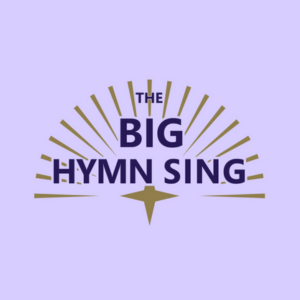
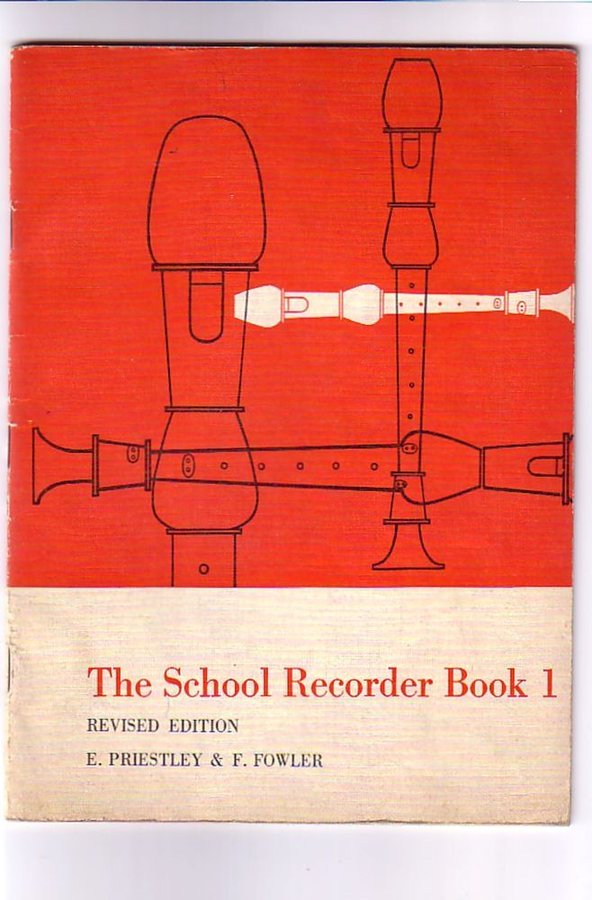



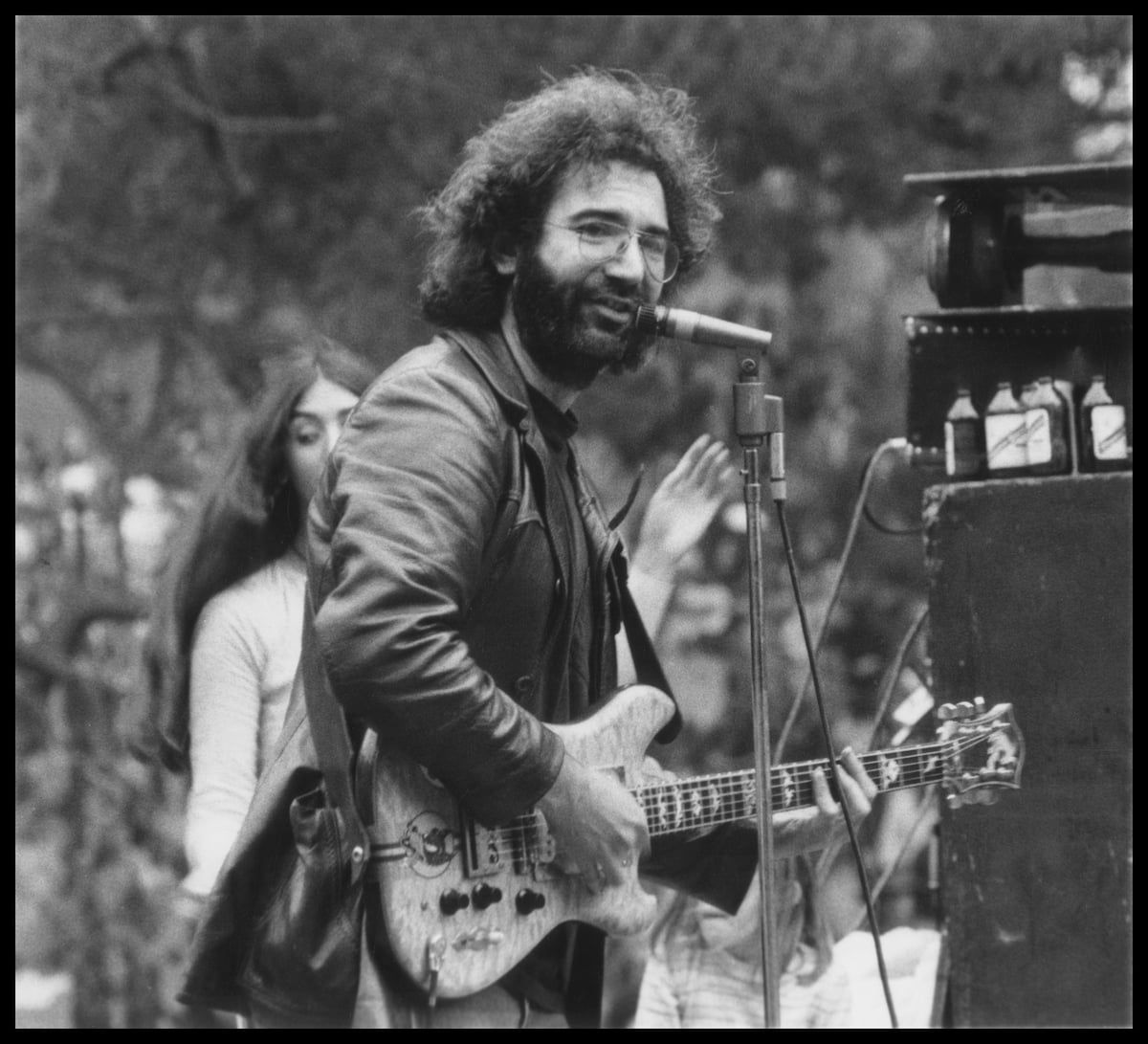
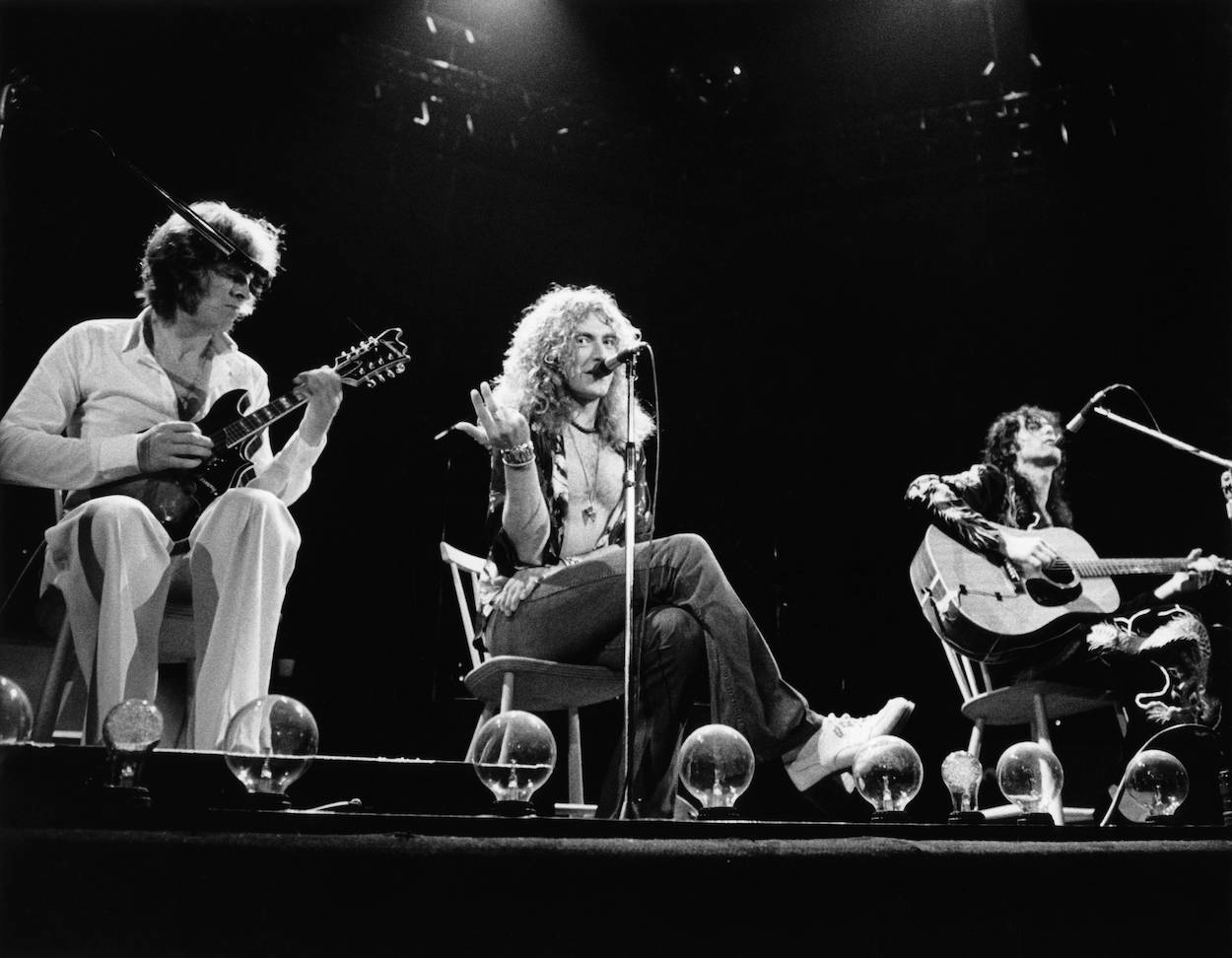
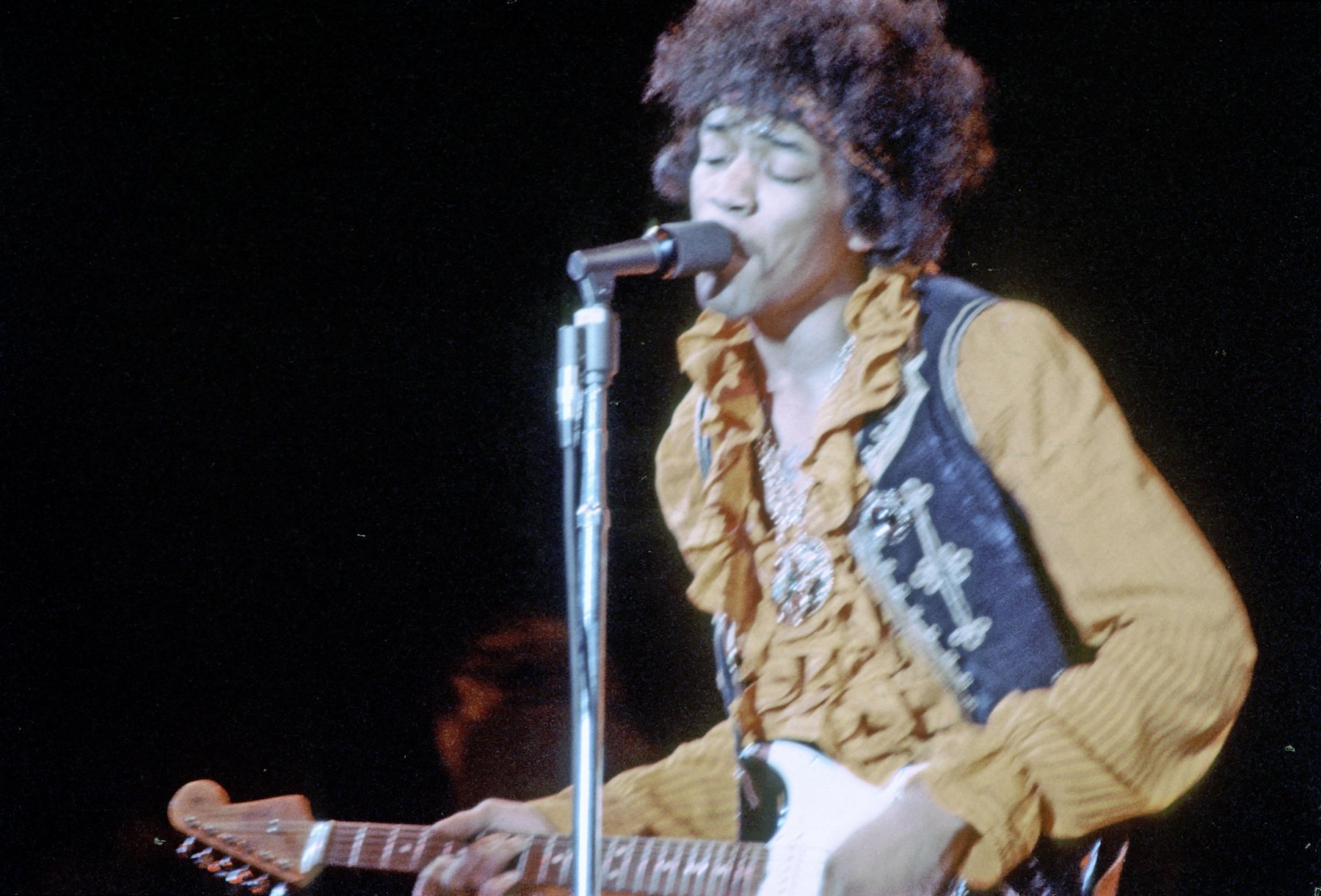




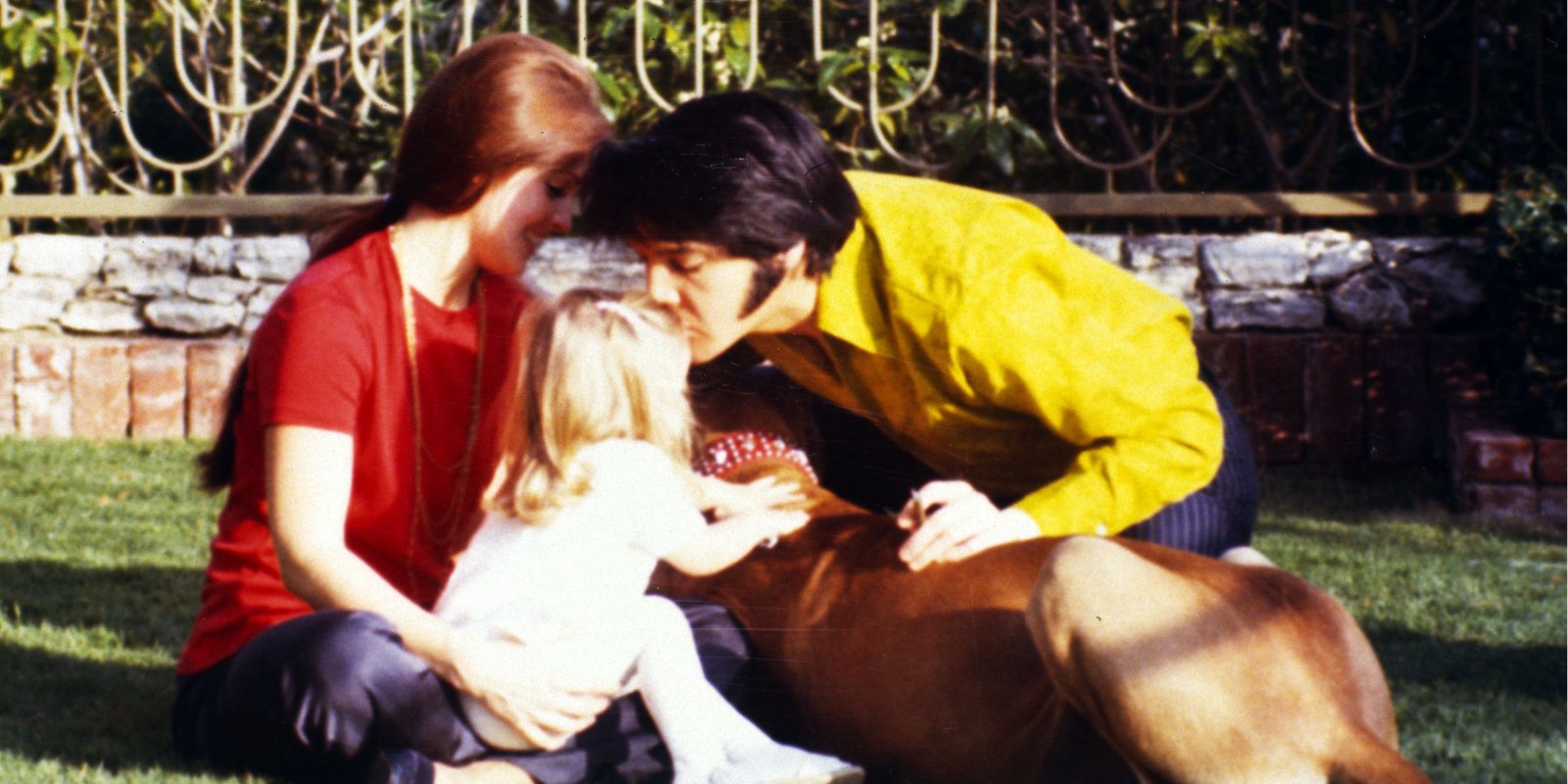



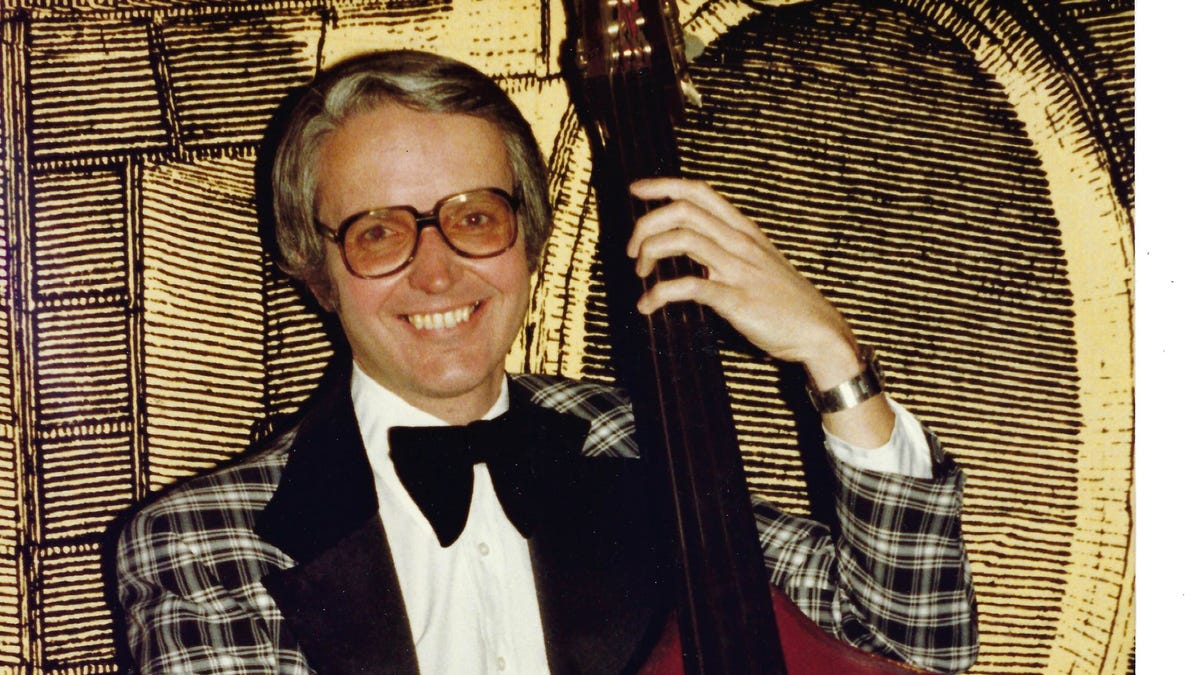



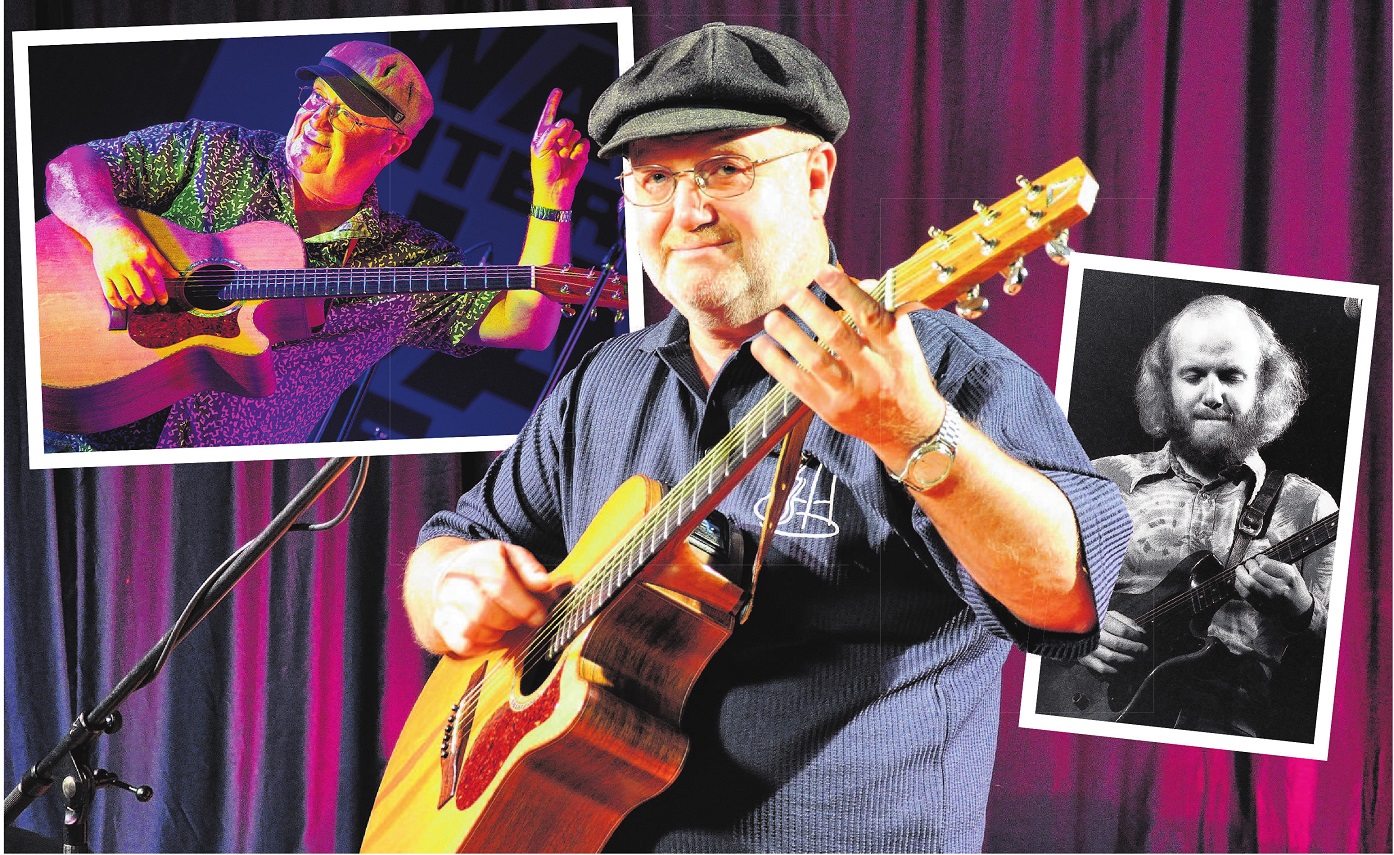

 English (US)
English (US)